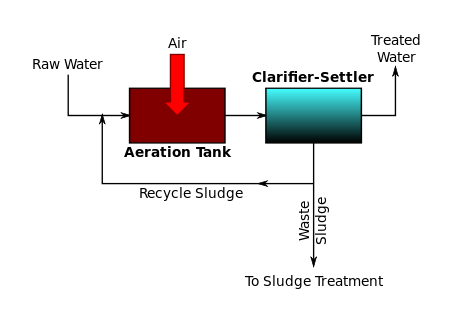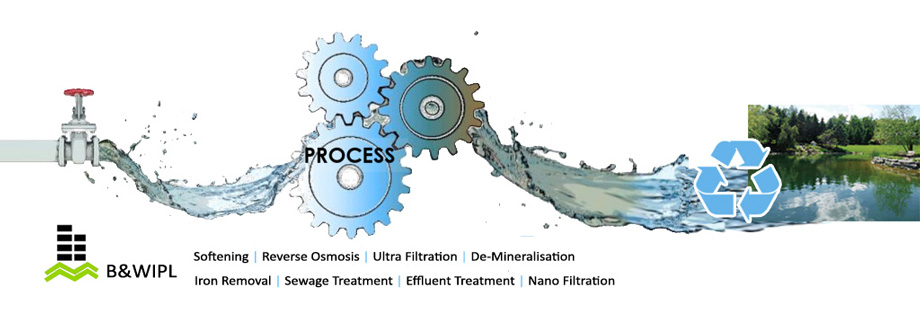Activated sludge process may be define as the sludge which settled down after the sewage has been agitated freely in the presence of abundant atmospheric oxygen. Activated sludge contains a large number of aerobic bacteria and other organism and acts as a fertilizing constituent (agent) when it is mixed with raw sewage containing sufficient O2 , the bacteria perform two functions.
- 1It oxidizes organic solids.
- Promotes coagulation and flocculation and converts colloidal and dissolved solids into settleable solids.
The flow diagram of activated sludge process is shown in the figure below:

Aeration and Methods of Aeration in Activated Sludge Process
The process of absorbing oxygen from air is known as aeration. High amount of O2 is provided in the aeration tank because of high BOD in sewage. This cannot be provided naturally therefore aerators are used to provide O2artificially. When the dissolved oxygen level (D.O) falls below 2mg/l anaerobic activities starts.
There are three methods for aeration in activated sludge process.

- Diffused air aeration
- Mechanical aeration
- Combine aerator
Advantages of Activated Sludge Process
- Low installation cost
- Good quality effluent
- Low land requirement
- Loss of head is small
- Freedom from fly and odor nuisance high degree of treatment



